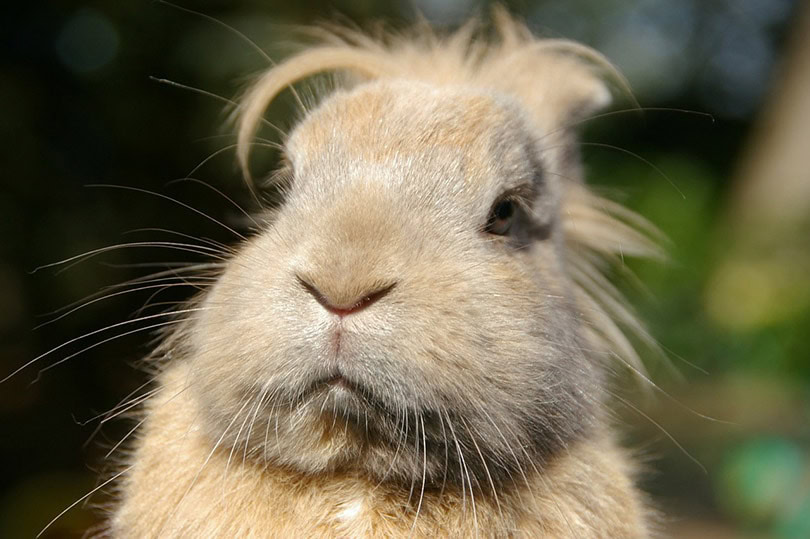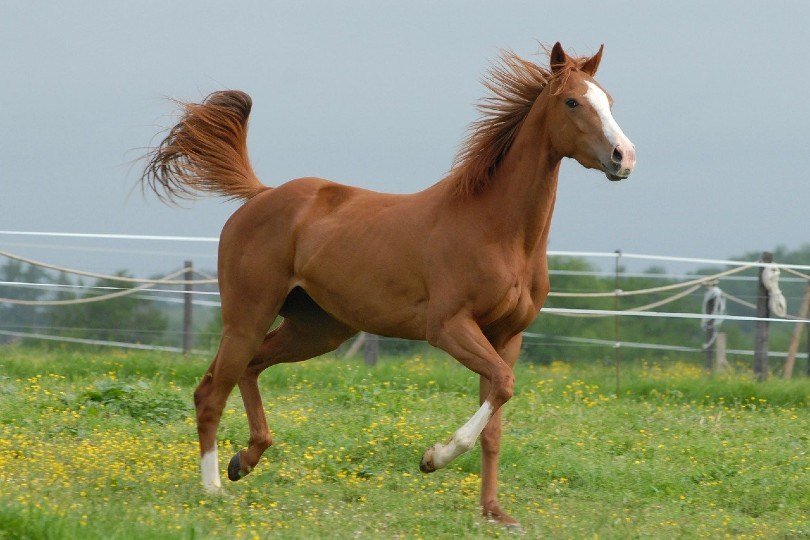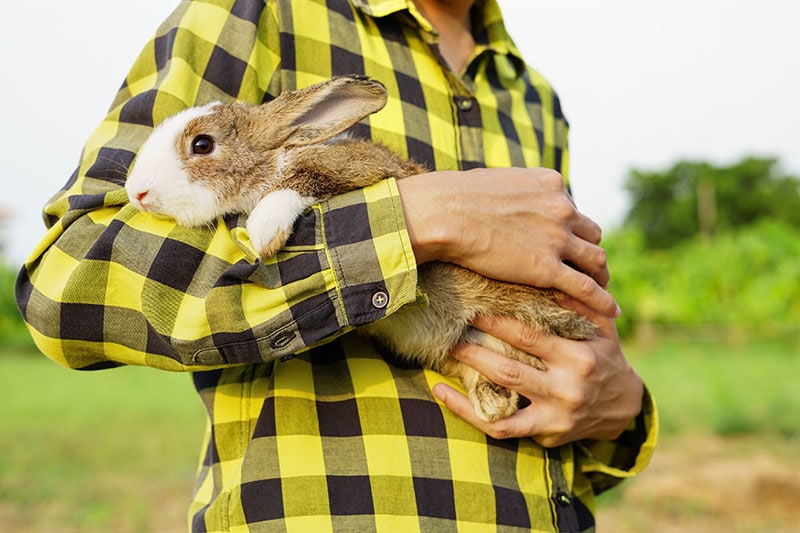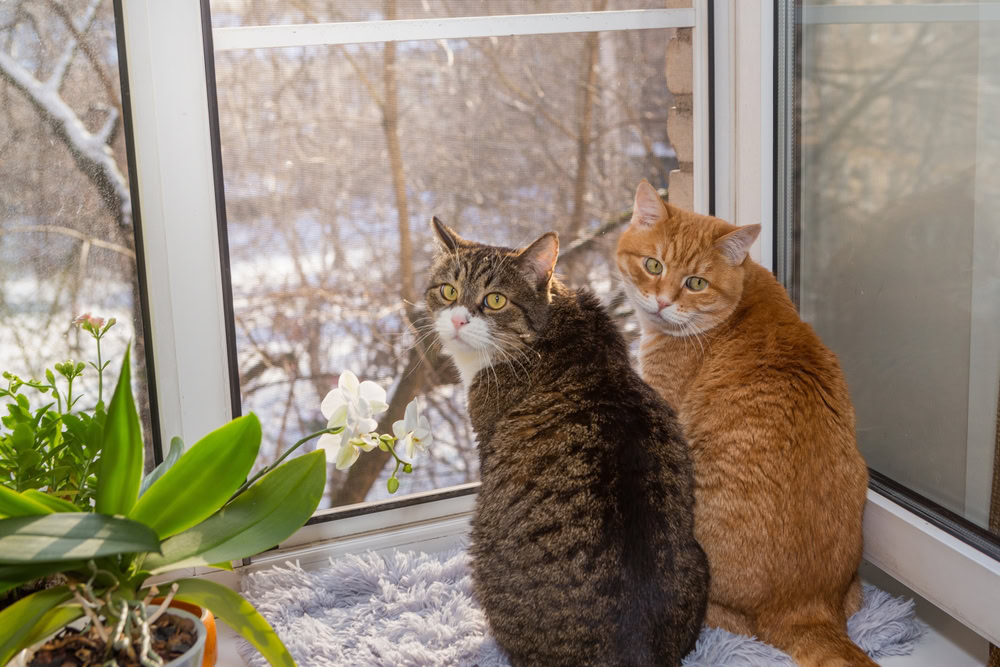Click to Skip Ahead
Rabbits are generally considered one of the cutest animals, and their twitching noses are one of their most adorable features. But have you ever wondered if there’s more to that wiggling bunny nose than making humans weak in the knees? Besides their incredible hearing, rabbits have an enhanced sense of smell and unusual nasal movements. Keep reading to learn four possible reasons that rabbits’ noses twitch and wiggle, plus what it means if this behavior stops completely.

The 4 Reasons Why Rabbits’ Noses Twitch & Wiggle
1. To Improve Their Sense of Smell
One of the most common reasons rabbits’ noses twitch and wiggle is to help them smell better. Rabbits rely on their sense of smell to give them information about the world around them, helping them find food and detect the presence of predators. Wiggling their noses allows more air into the rabbit’s nasal pathways for them to smell.
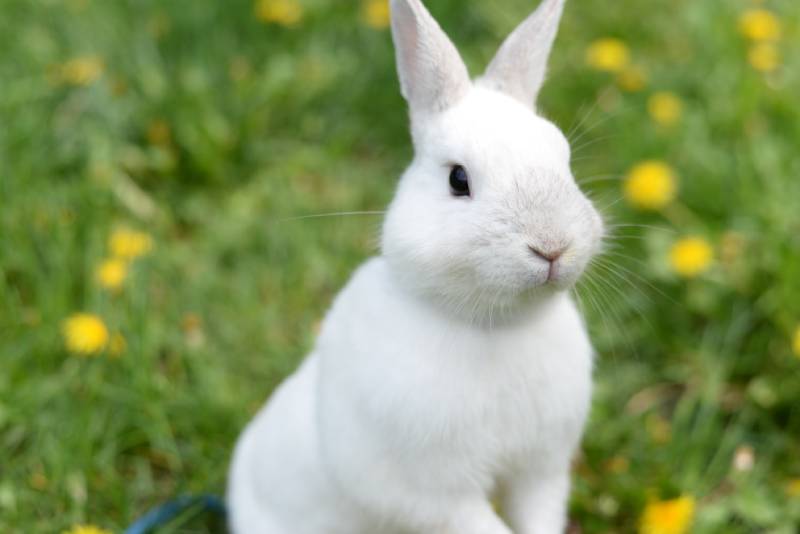
2. Stress
If a rabbit’s nose twitches and wiggles rapidly, it could be due to stress, or if the bunny is alert to potential danger their respiratory rate will increase. The rabbit is trying to inhale as much air as possible to determine if there is a good reason to be afraid. You might notice this happening if someone unfamiliar interacts with your bunny or a loud noise startles them. You might see other signs that your rabbit is stressed, such as body tension, flat ears, or hiding.
3. Curiosity
Another reason a rabbit’s nose may twitch or wiggle rapidly is that they’re curious about something. More air means more scent molecules and therefore potential knowledge to be gained. Pet bunnies are relatively safe, but the extra information that nose twitching provides could be lifesaving for wild rabbits.
Look for other body language clues to determine which situation you’re dealing with. A curious rabbit will otherwise appear relaxed, with a normal ear position. They won’t be tense or crouched down but sitting or lying casually.
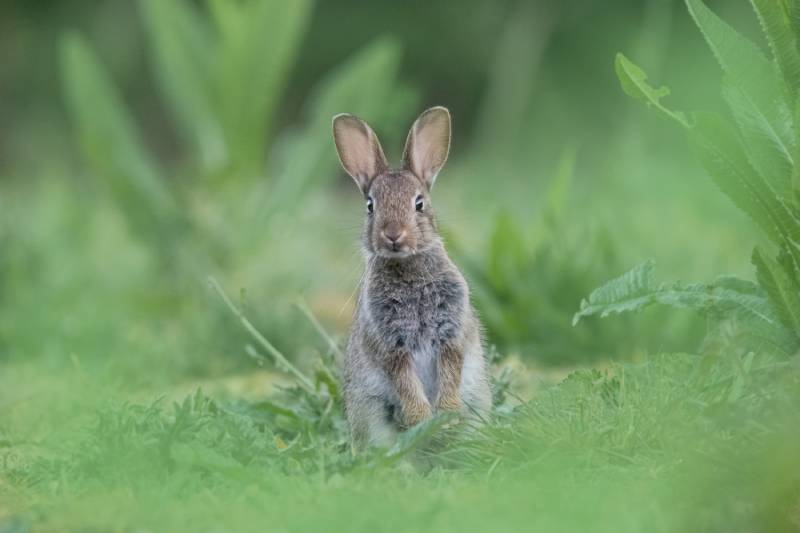
4. Temperature Regulation
The rabbit’s nasal passages are well developed and humidify inspired air, which is part of their temperature regulation. Since rabbits do not sweat and they also can not pant effectively, air exchange can help with temperature regulation. As the air is exhaled, the rabbit can release some excess body heat. That said, the rabbit’s ears are the main organ used for temperature regulation as they have blood vessels that can contact or expand to allow for temperature exchange with the environment.

What If a Rabbit’s Nose Isn’t Twitching at All?
If a rabbit’s nose isn’t twitching fast or slow—it’s typically that they are asleep. This does not mean that the rabbit never twitches their nose while they are sleeping, however, when a rabbit is relaxed and does not feel the need to gather clues and information from the environment, their nose twitching might stop.

Additional Information
Remember that you know your bunny better and if you have noticed a change in their behavior that you consider might be a reason for concern it is best to have them checked by your veterinarian. Changes in their respiratory rate, as well as sneezing, nasal discharge, a reduced appetite, and even a lack of or reduced grooming, are all signs of medical problems.

Conclusion
Wild rabbits don’t have any humans to impress, so it makes sense that there’s a practical purpose for their noses to twitch and wiggle. Nose twitching is mostly used to increase the rate of airflow and therefore scent information the rabbit receives from their environment. Increased nose twitching might be a resource to release excess body temperature and aid in thermoregulation. Likewise, the lack of nose twitching might be an indication that your bunny is asleep. Being always aware of your bunny’s habits and other elements of body language offer important clues to how your bunny feels. If you notice something of concern, please take your rabbit to the vet for a checkup.
- See also: Do Rabbits Have a Good Sense of Smell?
Featured Image Credit: wernerdetjen, Pixabay
